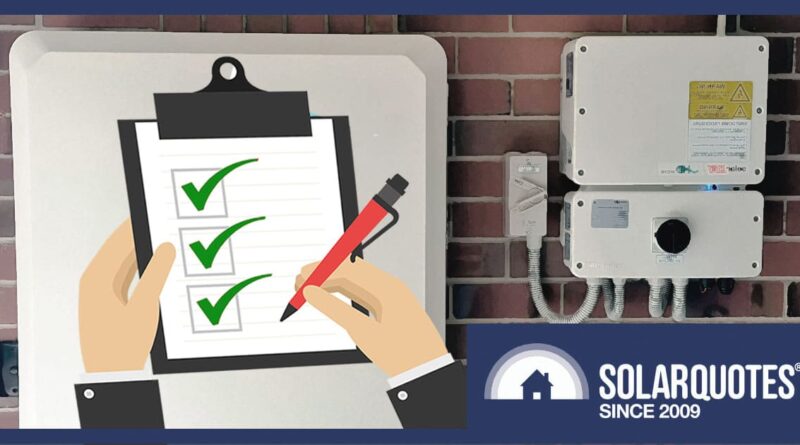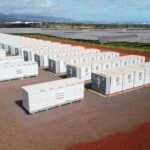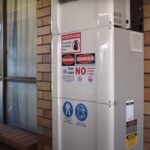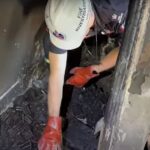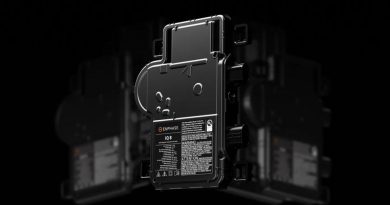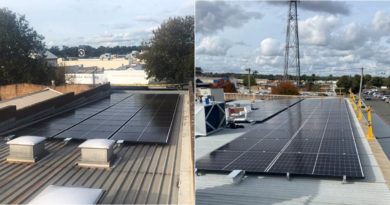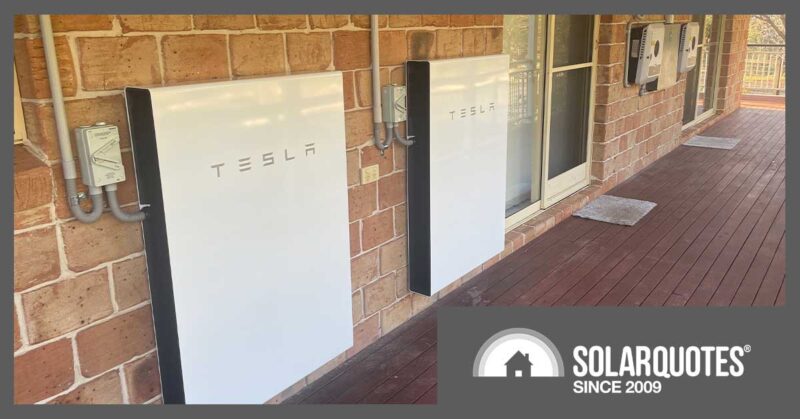Should You Have A Home Battery Safety Plan?
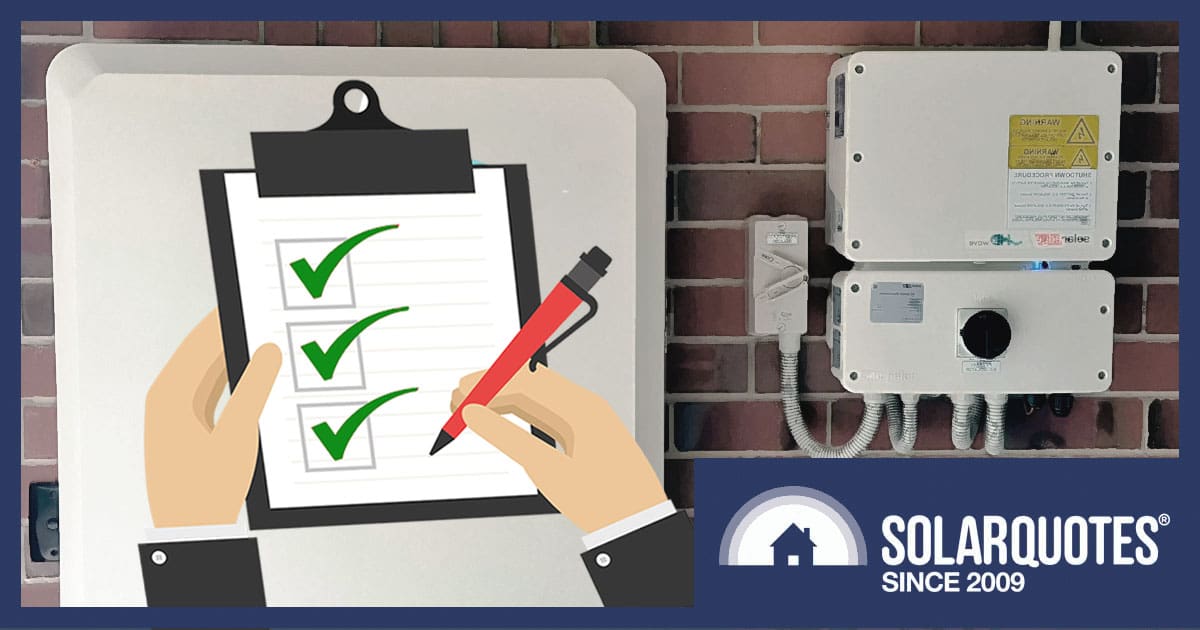
Many local councils actively promote the importance of having a bushfire survival plan to residents. Given the potential risks associated with home batteries, should homeowners also have a dedicated emergency response plan for their home battery systems?
It’s good to know that a suitably qualified installer will tick all the regulatory boxes associated with safe battery installation, but what happens when they leave your front door?
Did you know, for example, that the Australian Standard that installers must comply with (AS/NZS 5139:2019 – Electrical installations – Safety of battery systems for use with power conversion equipment) doesn’t require all battery systems to have a smoke alarm?
That seems odd, considering the high level of by-laws around smoke alarms in other parts of buildings that may not be as exposed to a potential fire risk. I can see you rolling your eyes, saying, “Not another bloody regulatory hoop to jump through.”
Do You Need A Smoke Alarm?
I’m not saying we need to make smoke alarms mandatory for all home batteries, but some states and territories have done just that in some instances, so maybe a change is in the wind.
In the ACT, Access Canberra’s ‘Smoke Detector Requirements for Battery Systems in Residential Applications’ state:
“A smoke detector is required where battery storage systems;
- Are in a garage under the same roof as the residence, or attached to the residence.
- In a storage space under the same roof as the residence.
A smoke detector can be omitted, where battery storage systems;
- Are externally mounted on an outside wall of the residence.
- Inside a shed or garage (class 10) that is separated from the residence (class 1.)
- In an open car port.”
Since July 2023, Solar Victoria has made it a requirement to be eligible for battery loans:
“Where an energy storage solution is installed in a room under the same roof as a residence (e.g. a garage or storeroom), a suitable smoke alarm shall be installed within that room. The smoke alarm shall be in accordance with AS 3786:2023 – Smoke alarms using scattered light, transmitted light or ionization.“
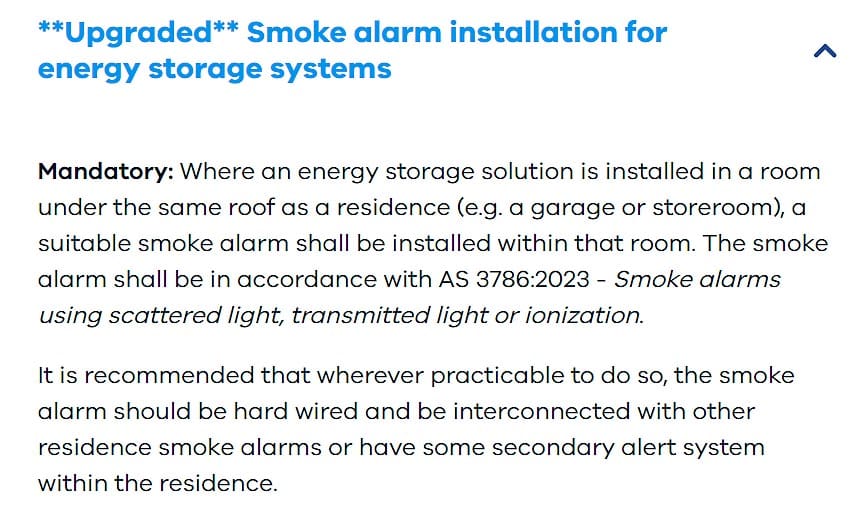
One of the many Solar Victoria requirements to be eligible for battery rebates.
In no other Australian state or territory is it currently mandatory to have a smoke alarm in the vicinity of all types of BESS1 (battery energy systems), although some fire authorities recommend it.
FRNSW (Fire & Rescue New South Wales) has some good advice on their website:
“FRNSW recommends that a smoke alarm or a heat alarm is installed in garages or utility rooms where a BESS is installed. We recommend having a licensed electrician install and interconnect mains-powered devices where possible. Check with the manufacturer or distributor to ensure device models are compatible for interconnection.”
So, enough about smoke alarms. On their own, they don’t constitute a fire safety plan. A smoke alarm isn’t even your first line of defence when preventing fires from a home battery.
Your First Line Of Defence
If smoke is pouring out of a battery, it means thermal runaway has started, and catastrophic failure is imminent. A fire will almost certainly follow. It would be handy if there was some other indicator before it happens, and thankfully, there is.
Monitoring App Is Your Best Friend
The BMS (Battery Management System) is designed to automatically shut down your battery when it exceeds predetermined operating temperatures. Ideally, when this happens, there should be a fault code on your app or web portal indicating the issue.
When/if the temperature recedes, the battery may automatically resume operation. Please follow the advice in your manual, and if it repeats, definitely don’t ignore it. It would be better still if you could pre-emptively set up an app notification for specific alarm codes. That way, you can catch minor problems before they become major.
Gas Detection Is Better Than A Smoke Alarm
As a battery cell begins to fail, electrolytes break down and generate gas before a thermal runaway event is likely to occur. Off-gas monitoring can buy time and provide up to thirty minutes earlier warning than smoke detection.
Hard-wired gas monitoring systems are common in industrial settings such as production facilities, but as of the time of writing, suitable detectors for lithium-ion batteries in a residential home are probably cost-prohibitive. Bummer.
How To Put Out A Home Battery Fire
Don’t!
This is what the Queensland Fire & Emergency Services has to say:
“If your li-ion rechargeable device is on fire, or smoke is coming from it:
- Call Triple Zero (000) immediately and report the incident.
- Don’t touch a damaged battery or device – severe burns could occur.
- Raise the alert and ensure everyone evacuates to a safe area.
- Don’t breathe the air around the battery or device – it will likely contain toxic vapours.”
Every fire authority in Australia has similar advice. FRNSW (Fire & Rescue New South Wales) states the following on their website:
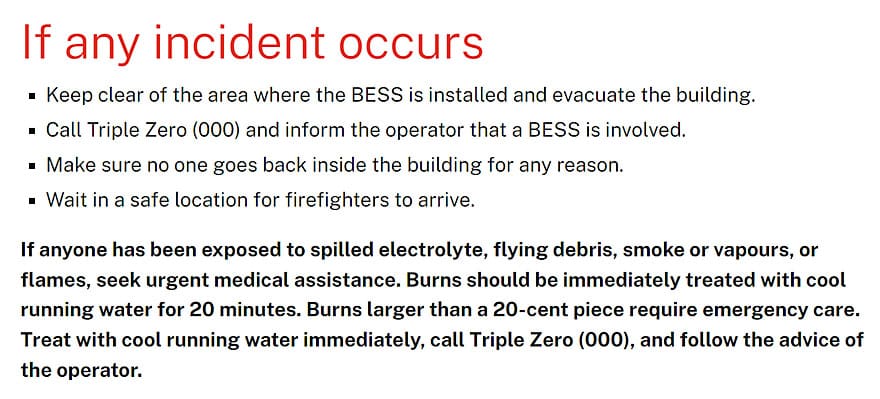
Clear advice from FRNSW (Fire & Rescue New South Wales) about what to do if an incident occurs.
Is A Home Battery Safety Plan Necessary?
That’s totally your call. Perhaps you think it’s a bit over the top? If so, let’s just call it ‘doing your research’. I think you’d be a mug not to be prepared for an emergency situation if you own a home battery.
For the Boy Scouts among us, here’s what a basic Home Battery Safety Plan might look like. It would vary depending on your particular battery chemistry, battery location, and manufacturer’s recommendations:
Home Battery Safety Plan: Quick Guide






Having A Plan Means Peace Of Mind
While regulations might not mandate it, having a basic safety plan is just plain smart. From app alerts to knowing emergency procedures, a little prep ensures your power stays on and your worries stay off.
Footnotes
- Apart from this rule in AS NZS 5139:2019 regarding pre-assembled integrated BESS – “Where a pre-assembled battery system (or systems) are installed in a building with a fire indication panel, a detector linked to that fire indication panel should be installed in the room containing the pre-assembled battery system. For all other buildings a smoke alarm should be installed within the same room.”
Original Source: https://www.solarquotes.com.au/blog/home-battery-safety-plan/

